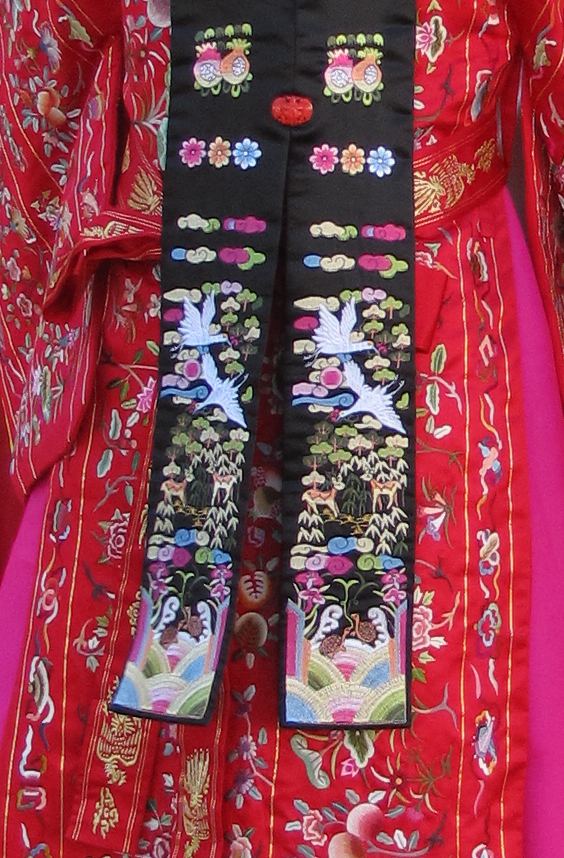 | ||
Korean embroidery 1
Korean embroidery techniques and artifacts have a long history, but there is the most evidence from the Joseon Dynasty, after the 14th century in Korea. This article talks about the history, styles, preservation, artists, and examples of screens, costumes, and domestic wares of this exacting and beautiful art form.
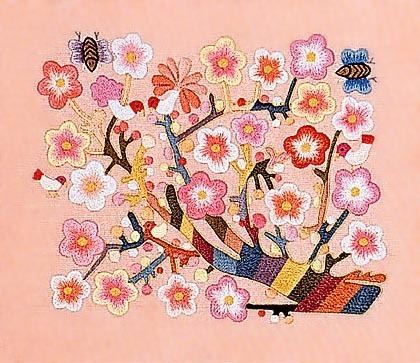
People used needles made out of bones of fish or animals to sew and weave animal skins and the bark or leaves of trees.
Chasu, the Korean word for embroidery, was a method of cultivating beauty in every corner of daily life. Pokshik chasu, kiyong chasu, kamsang chasu and Buddhist chasu are the four types of Chasu.
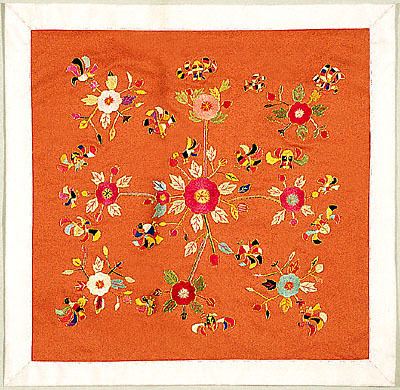
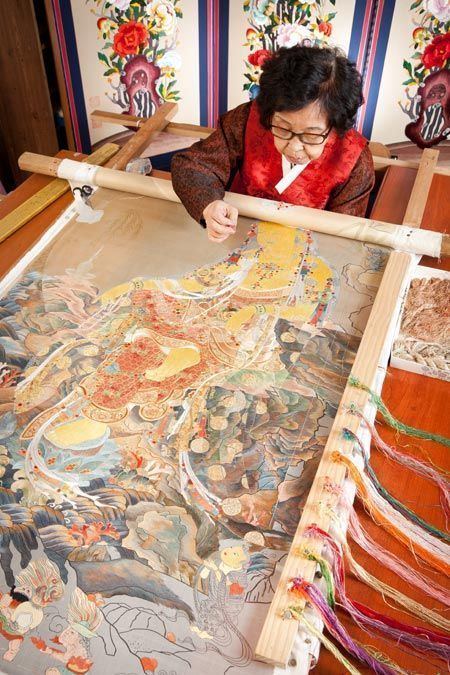
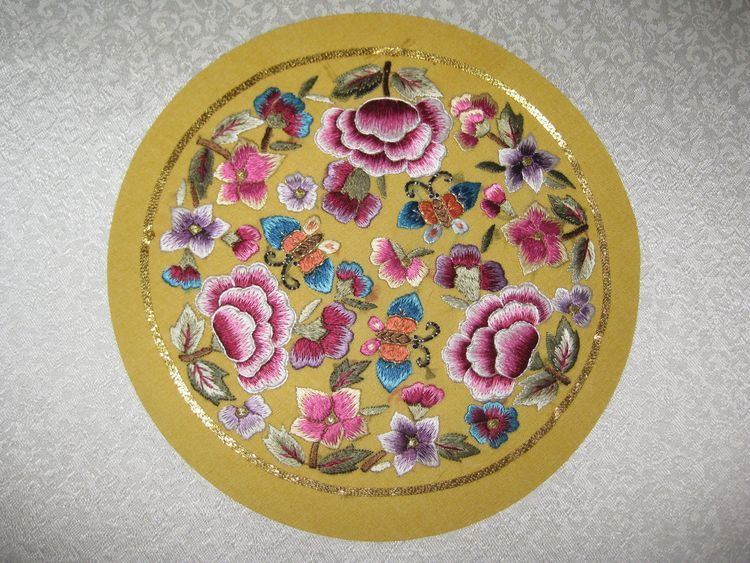

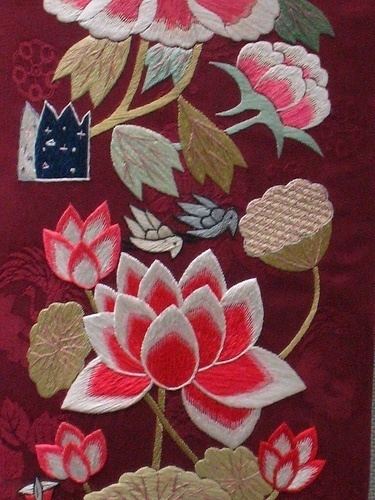
References
Korean embroidery Wikipedia(Text) CC BY-SA
